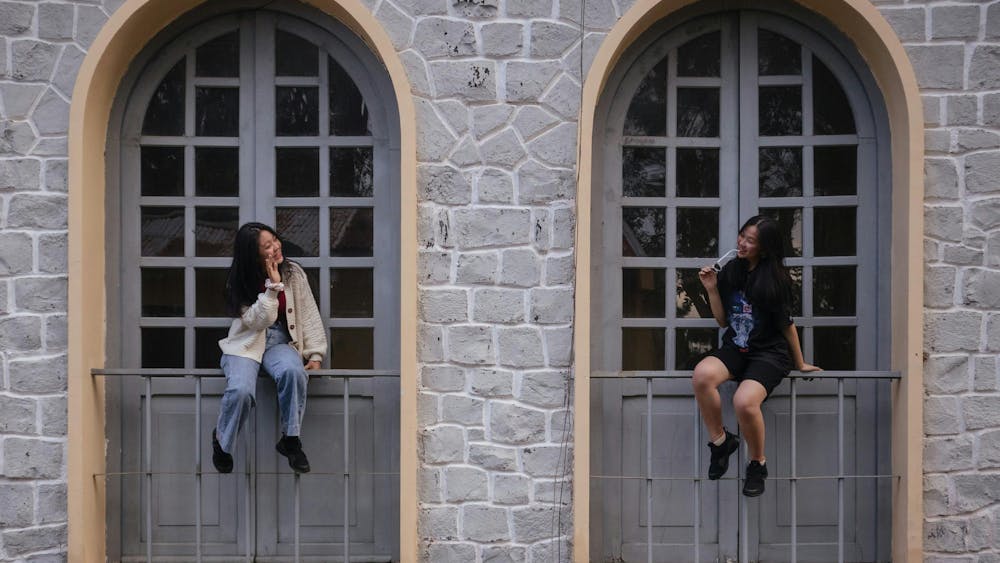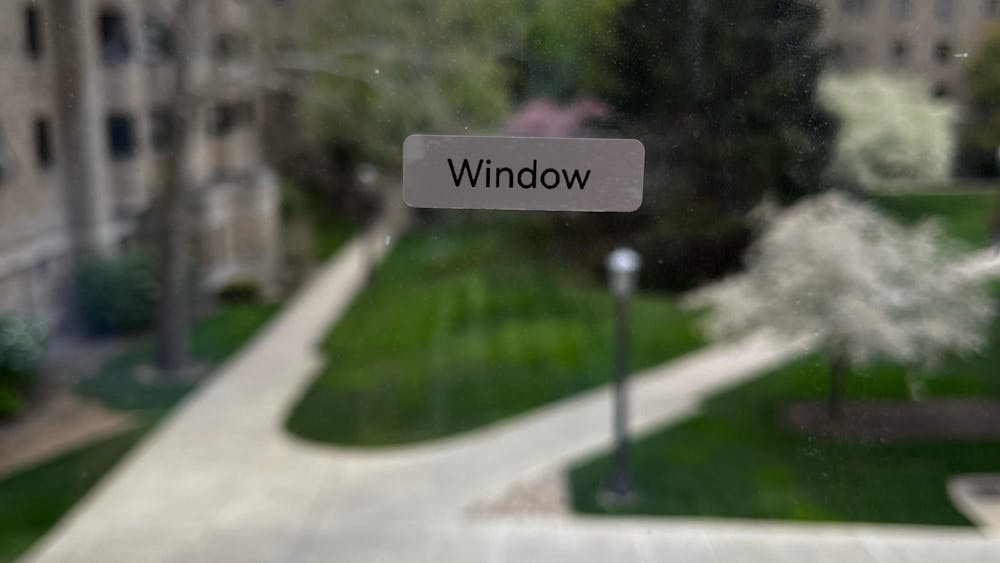It’s an all too familiar story: A porous southern border encourages desperados to import their culture of criminality, ignoring the rule of law and endangering innocent citizens. As a result of these activities, gun-related killings have spiked to historically high numbers, with police in one major city reporting that about 70 percent of the guns used in criminal activity were handguns and automatic weapons smuggled across the border. Lawmakers are seeking additional resources to throttle this flood of firearms and send a message that criminals and their guns are not welcome.
In contrast to the lurid race-baiting that often passes for discussions of criminality associated with immigration into the U.S. (which is largely a myth, as immigrant communities tend to be more law-abiding than established residents), Canada faces a growing wave of gun-driven crime, fueled by America’s lax and not legislated approach to gun ownership. The growing problem of guns from the south has Canadians scrambling for answers; some Canadian pundits even dubbed 2016 as “The Year of the Gun” based on concern for the issue.
With a border that stretches more than a fifth of the way around the globe, smuggling guns from the U.S. into Canada is relatively easy. Gun smugglers use some of the same routes once employed by Prohibition-era rum runners, and the largely unpatrolled Great Lakes and St. Lawrence River regions still provide ready access to Canadian buyers. Contraband brings out the evil genius in some people, and police in Toronto discovered some dealers were attaching handguns and GPS devices to the underside of vehicles sporting Ontario license plates in the parking lots of Detroit-area sporting events. The smugglers would then follow the vehicles into Canada, where they removed the guns without the vehicle owner’s knowledge.
Other than certain low-caliber pistols used for target shooting, handgun ownership is forbidden in Canada. The same goes for machine guns, non-target-shooting semi-automatics, silencers and large magazines. Prospective gun owners must go through extensive background checks, including criminal-record and mental-health checks, and interviews with family members and former spouses. Unlike the current specious interpretations of the Revolutionary War–era militia-based U.S. Constitution’s Second Amendment, the Canadian constitution does not even tenuously imply a right to own a firearm. Still, Canada has about 2 million registered gun owners with an estimated 10 to 20 million firearms, mostly for hunting; this is in sharp contrast to the U.S., where guns of all kinds in private hands exceed the nation’s population of more than 350 million.
A recent incident underscored how deeply America’s influence has scarred the largely peaceful Canadian culture. First, let me introduce you an intriguing structure that sits directly on the U.S.-Canadian border. The Haskell Free Library and Opera House was intentionally constructed to straddle the boundary between Stanstead, Quebec, and Derby Line, Vermont, as a symbol of cooperation and friendship between the two countries. The upstairs opera house reflects the quirky nature of this building, as the audience sits in the U.S. while the stage rests in Canada.
Visitors from both countries can mingle freely in the library downstairs without having to officially cross the border. The Haskell Library has been a welcome asylum for people caught up in the political turmoil focused on immigration issues, such as the refugee Syrian family from Toronto who traveled to the library recently to meet their American relatives. Such actions have not gone unnoticed, and the entrance to the library is monitored around the clock by U.S. Homeland Security.
More sinister elements have also noted the openness and accessibility of the library and have taken advantage of the welcoming environment. Alexis Vlachos, a Canadian citizen, pleaded guilty in a Vermont court to charges he used the library to smuggle backpacks full of handguns into Canada on at least two occasions. The U.S. Attorney’s Office alleged Vlachos worked with two Americans who purchased dozens of firearms in Florida and drove them to Vermont. The Americans visited the library, leaving a backpack full of guns in the men’s restroom. Vlachos then entered the building to pick up the backpack and carry it from the library into Canada.
Library staff was instrumental in spotting the smuggling operation and reporting to police that something unusual was afoot. In a building where most patrons tramp around in winter boots and parkas, Vlachos stood out in a tailored suit and expensive leather boots. One might think Vlachos would have had a better idea of proper couture in small-town Canada, given he is also accused of smuggling another cache of firearms by hiking across remote areas along the border with Vermont. It is somehow reassuring that vanity can undo the cleverest of criminals.
Even with the incessant pressure from the gun culture to its south, compared with the U.S., gun violence in Canada is relatively small. Figures from 2014 show only 156 gun-related homicides in Canada compared with 10,945 in the U.S. for the same period. Still, the trend for gun violence in Canada is up, fueled by American gun supplies. The folks in Stanstead, Quebec, have even responded to abuse of their town’s unique location by building a wall near their beloved library. Well, this is Canada; the big beautiful wall along their southern border is a row of potted plants.













